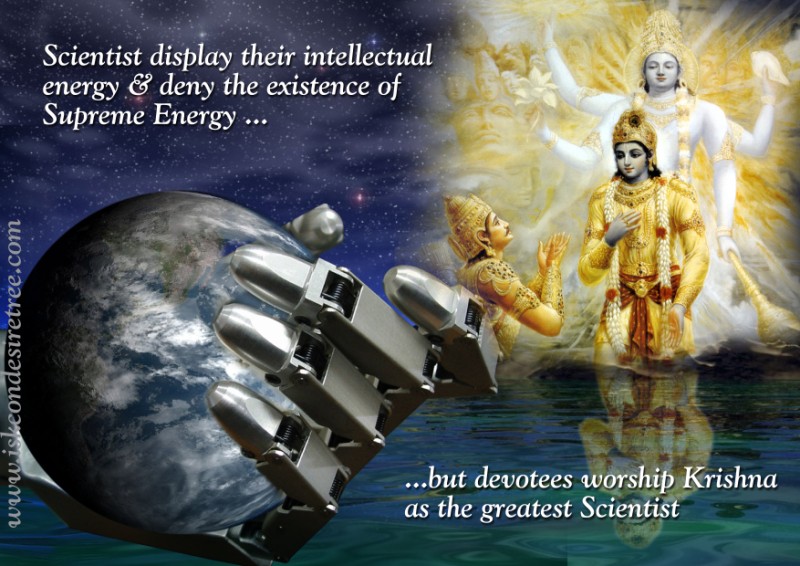Home › Forum Online Discussion › General › Telescopes and satellites combine to map entire planet's ground movement
- This topic has 0 replies, 1 voice, and was last updated 5 years, 6 months ago by
c_howdy.
-
AuthorPosts
-
November 21, 2019 at 12:10 pm #59517
c_howdy
Participant
Credit: Density values from LithoRef18 (Afonso et al.) and gravity gradients from Bouman et al. (2016)
-https://www.juanafonso.com/software-
NOVEMBER 21, 2019
by Curtin University
https://phys.org/news/2019-11-telescopes-satellites-combine-entire-planet.html
Curtin University research has revealed how pairing satellite images with an existing global network of radio telescopes can be used to paint a previously unseen whole-of-planet picture of the geological processes that shape the Earth’s crust.
The research, published in Geophysical Research Letters, showed that satellite images capturing the movement of the Earth’s surface on different continents as a result of geological and man-made forces can be integrated using radio telescopes to deliver a global-scale view and new understanding of these processes.
Lead researcher Dr. Amy Parker, an ARC Research Fellow from Curtin’s School of Earth and Planetary Sciences, said the global network of radio telescopes was shown to be a key link to integrating satellite measurements of ground movements on a global scale.
“The height of the Earth’s surface is constantly changed by geological forces like earthquakes and the effects of human activities, such as mining or ground water extraction,” Dr. Parker said.
“Increasing numbers of scientists are measuring these changes using the global coverage of images from radar satellites, however, it has not been previously possible to link together ground movements measured on different continents because they are measured relative to an arbitrary point and not a globally consistent reference frame.
“This is the first time we have thought about how to integrate these measurements on a global scale, and the potential benefits of this approach in terms of our understanding of the processes that shape our planet’s crust are significant.”
Dr. Parker said the study, which was done in collaboration with researchers from the University of Tasmania and Chalmers University of Technology in Sweden, demonstrated that the already existing global network of radio telescopes could be the missing link to integrate these satellite measurements on a worldwide scale.
“By harnessing the power of these radio telescopes, we hope to shed new light on the processes that shape the Earth’s crust including a complete, consistent assessment of the contribution of land displacements to relative sea-level rise,” Dr. Parker said.
More information: A. L. Parker et al. The Potential for Unifying Global‐Scale Satellite Measurements of Ground Displacements Using Radio Telescopes, Geophysical Research Letters (2019). DOI: 10.1029/2019GL084915Journal information: Geophysical Research Letters
Provided by Curtin University

-
AuthorPosts
- You must be logged in to reply to this topic.
